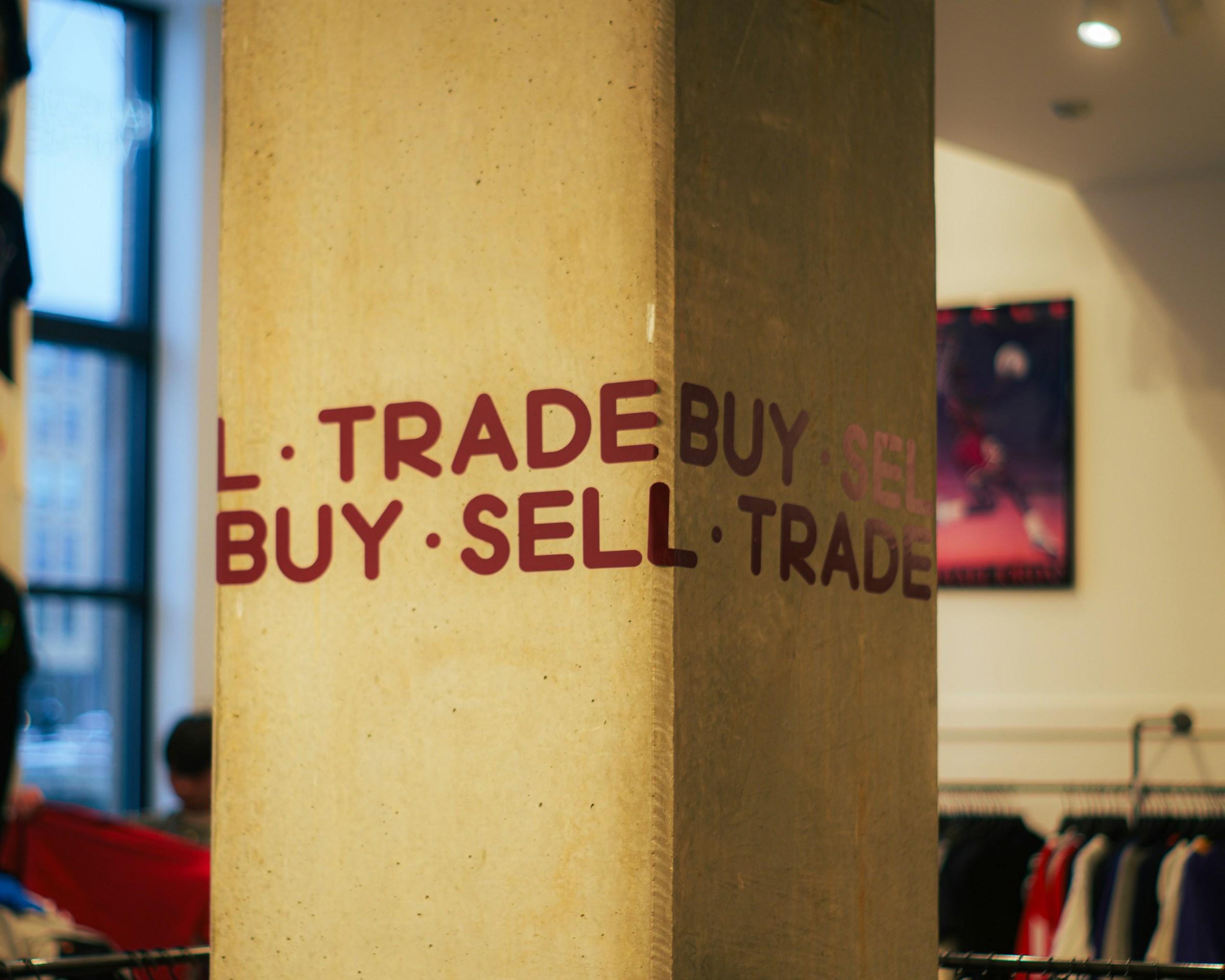Social platforms have pulled hiring into the open, and that change runs deeper than sourcing candidates faster. What began as posting vacancies and scanning profiles has become a live market for skills, a channel for wage signals, and a space where brand and compliance intersect. Recruiters do not only read resumes anymore. They study public portfolios, code repositories, short videos, and threads where candidates demonstrate judgment at speed. That visibility compresses screening time and reduces guesswork about a person’s craft, but it also introduces new points of failure. Informal checks can drift toward bias, algorithmic reach can reproduce structural exclusion, and a well meaning post can reveal more about corporate strategy than a press release ever intended. In other words, social hiring works, yet it works inside a new risk perimeter that boards, legal teams, and finance leaders need to understand.
In markets like Singapore and Hong Kong, the professional identity layer was already platform forward. That culture makes social channels efficient for mid to senior hiring, because candidates maintain current profiles and communities share opportunities quickly. The same maturity, however, invites scrutiny. Data protection regulators expect employers to log consent, to tag sources, and to retain or purge records on a predictable schedule. Cross border data flows add another layer, especially for Hong Kong based firms that coordinate with teams on the mainland or with global hubs. Storage locations, access rights, and automated screening practices are no longer back office details. They are audit items. Speed at the top of the funnel must be paired with clarity at the point of decision, or else the very efficiency that leaders want becomes a liability when a dispute arises.
In the Gulf, rapid growth and localization policies shape the terrain. Social platforms help employers find scarce skill sets and speak directly to communities that might not follow traditional job boards. The same tools must be aligned with national objectives that prioritize citizen employment and capability building. Hiring managers cannot treat platform visibility as proof of a fair search. They need documented criteria, a slate that reflects policy intent, and a trail that shows how outreach reached protected groups. When that discipline is present, social channels become accelerators. When it is absent, the employer inherits a compliance drag that erodes any advantage gained from speed.
Compensation behavior also changes in a social world. Candidates benchmark pay by watching peers disclose ranges, stock refreshes, and exit packages in public conversations. Employers test demand for roles before budgets are final by signaling future teams and roadmaps. Pay becomes a moving target set by narrative and proof points, not only by annual surveys. In Singapore, sector benchmarks and council guidance still anchor expectations, yet social diffusion can outpace formal signals and create pressure on bands. In Gulf markets, state priorities influence sector hiring, and public chatter about off band offers can pull managers into bidding wars for a few profiles. Finance leaders should sit closer to talent acquisition when campaigns go live. Guardrails on total compensation, guidance on variable structures, and an explicit link to budget cycles can absorb public pressure without losing discipline.
Employer branding has matured into something closer to market making for talent. Instead of generic culture posts, leaders now publish technical roadmaps, security philosophies, treasury postures, and data platforms. The message attracts a defined cohort of builders who want to work on those exact problems. The consequence is subtle but important. Recruiting posts have disclosure risk. An enthusiastic thread about a coming product can front run strategy or create soft commitments that corner the company later. Communications teams and legal advisors should treat high reach recruitment posts as they treat investor messaging, which is to say, with a review loop that protects optionality and avoids misleading signals.
Policy attention follows wherever signal grows. Data protection authorities ask how long companies keep social sourced profiles, whether candidates consented to automated assessments, and whether the models used to rank applicants have passed fairness tests. HR tech now sits closer to marketing stacks and data platforms than to legacy HR databases. That proximity means the control surface changes as well. Tagging, consent registries, purge jobs, and access logging are marketing grade tools that must be repurposed for regulated hiring. Firms that build this infrastructure early will preserve speed without losing defensibility. Those that treat social recruiting as a side project will discover that every unlogged outreach creates future cost.
Capital pays attention for its own reasons. Sovereign funds, lenders, and large asset managers mine recruitment chatter for early indicators of strategic turns. If a consumer app suddenly hires safety engineers across several cities, that is a clue about content risk and trust investments. If a regional bank floods feeds with data engineering roles, that implies a transformation expense and a delivery timeline that affects guidance. This is not novelty data. It is cost of capital intelligence. When boards see social hiring as a market signal, they adjust how they communicate, and they bring finance into talent conversations sooner.
Cross border dynamics remain uneven. In Singapore and Hong Kong, the density of visible professional communities means platform campaigns can reach the right people quickly, especially in finance, technology, and legal services. In the Gulf, some high skill segments are highly visible online, while others still move through private networks tied to universities, family firms, and professional institutes. The strongest operators do not choose between public platforms and private communities. They dual track. They design a joined pipeline with documented criteria and governance checkpoints, and they deliver multilingual messaging that respects local context. That balance creates reach and depth at the same time.
The true moat in modern recruitment is not the clever post or the most aggressive media spend. It is the compliance structure that scales. Teams that log consent at the first touch, that tag each profile with provenance, that limit who can see sensitive attributes, and that gate automated assessments behind bias tests, will move faster for longer. Training matters as much as tools. Recruiters should be coached to avoid proxy screens that correlate with protected attributes, and hiring managers should be trained to separate culture fit rhetoric from job relevant evidence. None of this is optional once a company reaches a certain size. Regulators will not accept the explanation that a platform decided who saw the role.
Incentives inside the organization need a reset to match this world. If recruiters are rewarded for speed alone, they will deliver speed and they will deliver risk with it. If they are measured on slate composition quality, process fidelity, and retention at six and twelve months, their behavior will align with long term value. Finance should co own the campaign plan, legal should define the control points, and communications should supervise public messaging. A hiring program that lives only in HR is misaligned with the public and regulated nature of social channels. The operating model must reflect reality.
There is a diplomatic dimension as well. Universities and professional bodies use social pipelines to place graduates across borders. Governments watch the same flows to understand which sectors are drawing talent out and where those people land. In Asia and the Gulf, where visas, housing, and sector subsidies intersect with workforce planning, social recruitment data becomes a live map of human capital movement. Policy makers will use that map to tune incentives, to defend local capability building, and to intervene when outflows threaten domestic capacity.
Legal rules will tighten as the practice matures. Expect clearer requirements for automated screening explainability, shorter retention windows for social sourced records, and stricter conditions on cross border transfers. Expect pressure to document outreach and access patterns, not only to show that a post was public. Expect wage transparency norms to spread through platform culture faster than statutes can keep pace, which will force compensation committees to revisit how they communicate about ranges and refresh policies. Firms that prepare governance now will pay less in adjustment costs later.
Many multinationals have already moved in this direction. They centralize vendor management for assessments, catalog candidate flow by source, and run periodic audits for disparate impact. They coach managers to treat recruiting posts as forward looking statements that carry obligations. They update crisis playbooks to handle backlash when a pay band or role framing collides with local expectations. They do this not for virtue, but for durability. A hiring engine that is fast, fair, and defensible becomes a competitive advantage that outlasts a single campaign.
The conclusion is straightforward. Social media has become part of the labor market’s infrastructure. Treat it with the seriousness of any system that touches payments, safety, or supply chain. Use the reach to compress time to slate, but build the controls that survive audit. Align the message with real budgets and authorized plans. Respect data boundaries as you cross jurisdictions. Measure outcomes in retention and performance, not only in click through rates. The company that approaches social hiring as a regulated process will move quickly without tripping over its own speed. The company that treats platforms as a shortcut will discover that every ungoverned click becomes a constraint they must pay for later.






.jpg&w=3840&q=75)








